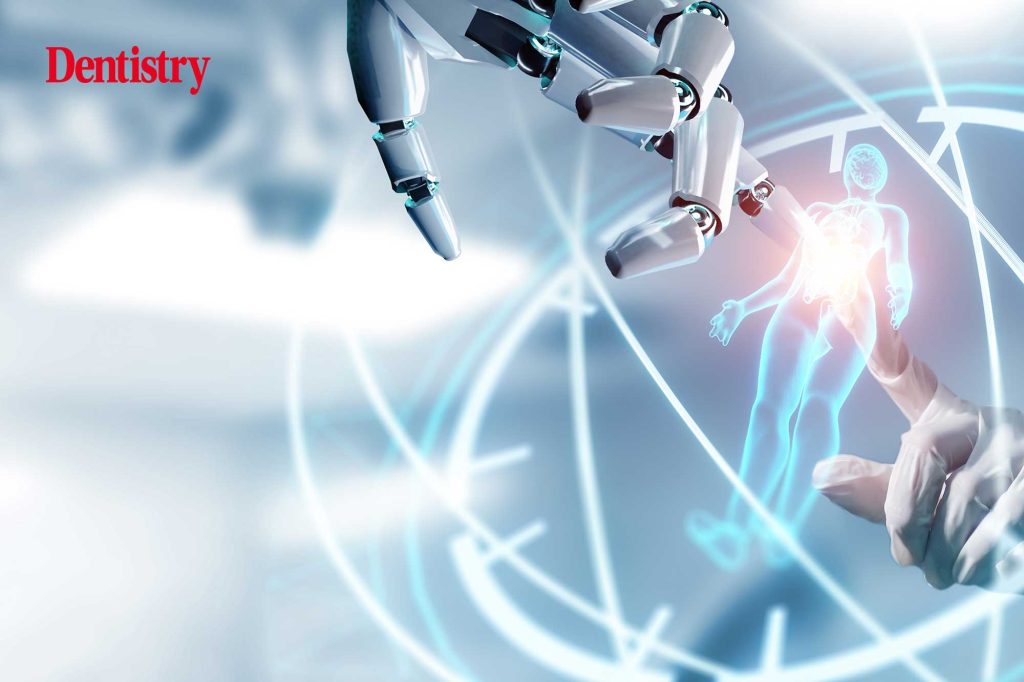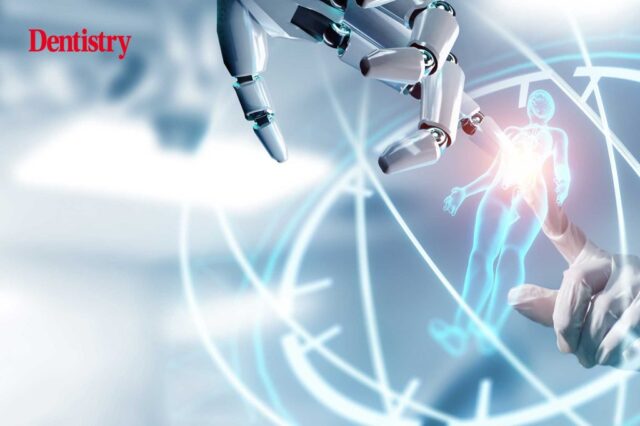
Robotic dental surgery presents a ‘promising advancement’ in implant dentistry by reducing human error.
This was the conclusion from a team of researchers at Xi’an Jiaotong University Hospital of Stomatology in China.
It follows a study that analysed the accuracy of implant placement using a robotic system – called Remebot – compared to freehand surgery.
The robotic system (r-CAIS) used was made up of a primary unit that includes a robotic arm, a display screen and an operating system. Other components were an optical tracking device and a positioning marker.
A total of 95 implants were placed in 65 patients, of which 50 were placed in 35 patients using the Remebot robotic system and 45 implants were placed in 30 patients using freehand surgery.
Regression analysis was chosen to assess implant dimensions and positioning on accuracy.
Results of robot-assisted surgery
The multiple linear regression analysis did not show any statistically significant influence of the predictors (jaw type, side, position, implant diameter, and length) on the platform, apical and angular deviations in the r-CAIS group.
In contrast, in the freehand group, the predictor variables jaw type, implant position, and diameter significantly influenced angular deviation. Higher angular deviations were observed in the maxilla, anterior implants and implants with a narrower diameter.
‘These findings provide a strong foundation for future research and clinical application of robotic systems in dental surgery.’
The researchers concluded: ‘This study demonstrates that robotic-assisted implant surgery significantly improves implant placement accuracy compared to traditional freehand methods.
‘The innovative use of robotic technology, coupled with a robust comparative analysis and comprehensive evaluation metrics, underscores the potential of r-CAIS to enhance clinical outcomes in implant dentistry.
‘These findings provide a strong foundation for future research and clinical application of robotic systems in dental surgery.’
You can read the full study here.
Progress of robot dentistry
Last summer, an AI-driven robotics system – dubbed a ‘robot dentist’ – completed its first fully-automated dental procedure on a human.
Designed by Perceptive, the system aims to complete restorative procedures ‘an order of magnitude faster and more accurately than any human’.
The technology combines both AI-driven 3D imaging software and a robotic arm for performing dental procedures. In addition, it operates ‘even in the most movement-heavy conditions’ with ‘unparalleled speed and precision’.
This comes as a patient becomes the first child in London to undergo an operation using a robotic surgical system.
The seven-year-old boy had a robotic-assisted pyeloplasty – a procedure that corrects a blockage between the kidney and the bladder.
Taking place at the Evelina Children’s Hospital, the surgery was performed using the Versius Surgical Robotic System. This utilises flexible, modular arms to facilitate greater precision for surgeons during minimally invasive operations.
If you’d like to write for Dentistry.co.uk, just email [email protected].
Adblock test (Why?)






